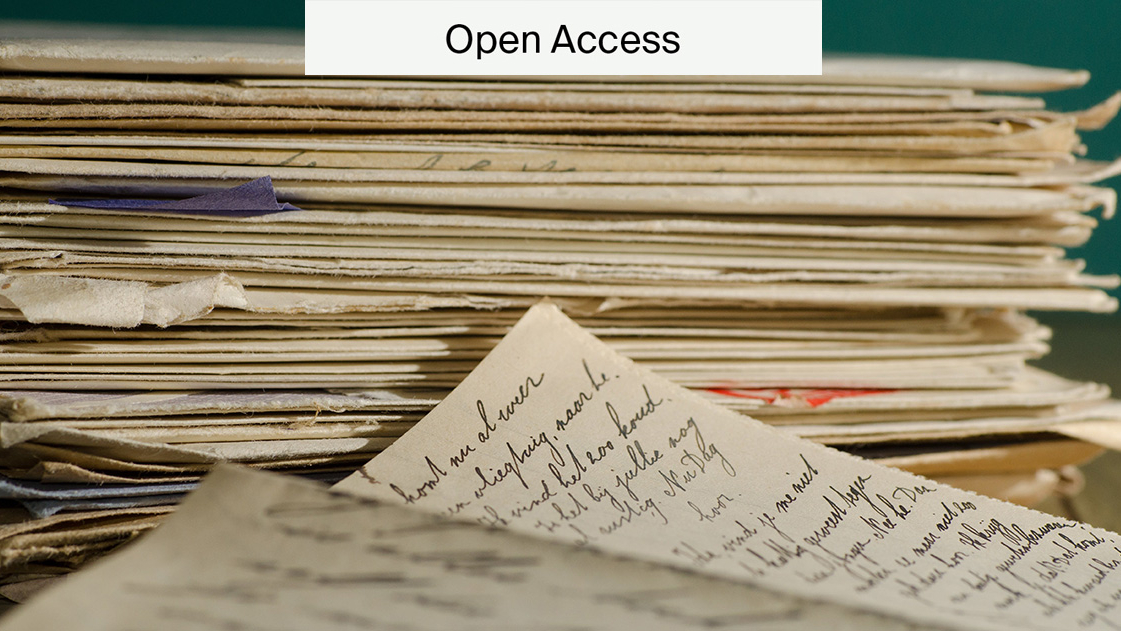
What is a Data Management and Sharing Plan?
Funding agencies, higher education institutions, and publishers may ask you to create a data management and sharing plan to include in your research proposal. This reflects the growing importance of data and often also the shift towards open science.
Here, we’ll outline what a data management plan is, its common features, and why they are important, providing examples too.
What is a data management plan?
A data management plan (DMP) is a document that outlines how you will deal with your data during the creation and after the publication of your research. It can range from a short and simple document to a long and highly detailed outline.
The goal of a DMP is to consider the unique and varied aspects of your data generation, preservation, and analysis to ensure that it is safe, accurate, and replicable.
Data governance refers to establishing policies and procedures around data; it is the documentation and guidance that is enacted in a DMP. Since the 2010s, funding agencies have increasingly mandated the creation and use of DMPs.
Common features
There is no definitive list of features that should be covered in a data management plan. They can vary depending on whom it is produced for, the intended discipline, and the nature of the data.
There are many different things that you may be asked to include in your data management plan:
- Describe the data: are they experimental, observational, raw, simulated?
- How will the data be acquired?
- How will the data be processed? Using software, algorithms, workflows?
- What naming conventions are used to organise the data?
- What quality assurance and control measures are being followed?
- How are the data being stored and secured? Is there a backup?
- What responsibilities will be allocated in the data collection, processing, and analysis processes?
You may be asked to answer questions about the metadata, which refers to information about data that can help ensure they are machine readable and accessible:
- How detailed are the metadata?
- How will the metadata be created?
- What format are the metadata in? And will they be machine readable?
It’s important to read all the guidance and requirements when submitting proposals to ensure you comply with any policies and procedures. Doing so will not only increase the likelihood of your proposal being approved, but also save you time by ensuring you are prepared to handle your data.
Open data
Data management plans increasingly request details on how the data will be shared.
Questions may also be included about accessing, sharing, and reusing the data:
- Are there any copyright issues with your data?
- Are there any ethical or privacy concerns with your data?
- What are the intended future uses and users of your data?
- How should your data be cited?
The Swiss National Science Foundation, for example, requires that the data underlying a publication be submitted to an appropriate public data repository.
Support for open data is growing as part of the global open science movement to improve transparency, encourage collaboration, and boost innovation.
Open data are data that can be freely used, reused, and redistributed by anyone, subject at most to the requirement to attribute and share-alike. If you want to learn more, please visit our article Why Open Data is Important.
Why data management plans are valuable
The rising importance of data management and sharing plans reflects the growing relevance and power of data.
A good DMP will increase the chances that research data are well managed. This will save time and reduce errors during the research process, as there will be less chance that the data will require reorganisation or reformatting.
Further, this will improve the replicability of the data. Other researchers may be able to access the DMP and then use this to review the research and even build upon it themselves. At the very least, it allows those accessing the DMP to further understand the research being published.
In short, DMPs boost the efficiency of the research process by reducing the chance of errors and saving time, which can also increase the replicability of the research.
Benefits of open data
For plans and mandates that require open data, there are many benefits.
Most notably, publications with open data may be read and cited more frequently. This is known as the ‘Open Data Citation Advantage’. The reasons for this are multiple, with it partly stemming from increased visibility due to accessibility and also more trust due to greater transparency.
Other benefits include:
- Recognition for your research career due to increased visibility.
- Advancing research by lowering chances of duplication and enabling more analysis.
- Long-term availability and better communication.
- More public trust in science.
Examples of data policies
Here, we provide you with two major examples of data management and sharing plan policies from a national and an institutional level.
National data policies
Japanese open science policies include a strong focus on the importance of data being accessible.
The 2022 Japan Science and Technology Agency (JST) policy requires researchers submit a Data Management Plan before beginning their project. The policy instructs researchers to “preserve and manage research data appropriately”. The Japanese government recognise the rapidly growing importance of data, largely supported by the rise in AI capabilities.
J-STAGE Data and RCOS are data platforms for researchers to easily store and access data. The latter establishes a circular ecosystem in which researchers can disseminate and manage their data and discover more.
Moreover, the 2022 policy requires that researchers create and establish a way to process their metadata to ensure they are readable by online databases and search engines.
If you want to learn more, visit our article Open Access in Japan.
Institutional data policies
The National Institutes of Health (NIH) in the USA describe planning how you will manage and share data “is a crucial first step in optimising the reach of data generated from NIH-funded research”.
Researchers must develop a plan to submit alongside their funding application and proposal. The policy, effective from January 2023, can be read in full here.
The DMP must include information regarding data derived from human participants, relating to existing laws, regulations, and policies. It also states that “shared scientific data should be made accessible as soon as possible and no later than the time of publication”.
Further, the policy encourages the publication of data from research that isn’t published.
The NIH argue that data should be made available openly for as long as it is deemed useful for the research community or the public. To do so, they encourage the use of established repositories for preserving and sharing scientific data.
Understanding open science
To conclude, data management and sharing plans are increasingly being required by funders, institutions, and publishers. They can range in requirements and format, but generally require you outline how you will deal with data before and after publishing the research.
Furthermore, there are increasingly more calls for publishing your data openly and ensuring they are accessible to the most people possible. DMPs may also ask you to outline how you will ensure that your research data are accessible to all.
Click here for our article, All You Need to Know About Open Access, which covers a range of topics that can help boost your understanding and also keep you up to date.










